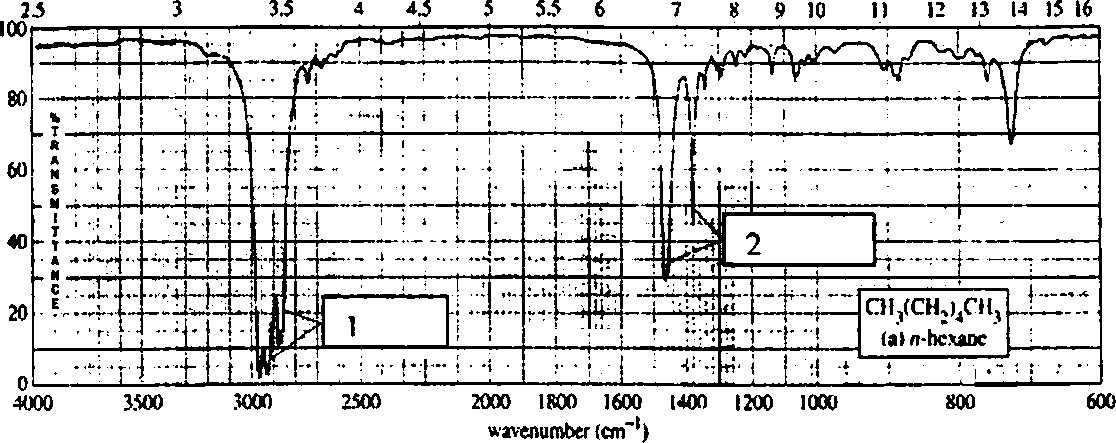Thapar University 2006 B.Tech Biotechnology Bioanalytical Techniques - Question Paper
Thapar Institute of Engineering & Technology
B.Tech. Biotechnology (2nd Year)
Final Term exam
BT005 (Bioanalytical Techniques)
Department of Biotechnology and Env ironmental Sciences Thapar Institute of Engineering and Technology, Patiala
(Deemed University)
End semester examination
|
Course No.BT-005 Date of Examination: 04.12. 2006 Maximum Marks: 36 |
Course Name: Bioanalytical Techniques Session: 1400-1700 hours |
Instructions:
Please read the questions carefully
Write legibly
Attempt any four (04) questions sequentially
Please put margins in you answer books.
Q. No. 1 (a) Draw a neat diagram of a microscope and label its all parts?
(2.5)
(4.0)
(1.5)
(1.0)
(3.0)
(2.0)
(2.0)
(1.0)
(1.0)
(4.0)
(2.5)
(2.5)
(2.0)
(2.5)
(2.0)
(2.5)
(b) Write short notes on any two of the following (300-400 words):
(i) Density Gradient Centrifugation (ii) Fluorescence Microscopy (iii) Polyacrylamide Gel Electrophoresis (iv) Affinity Chromatography
(c) Give applications of UV-Visible Spectroscopy.
(d) Differentiate between Resolution and magnification of a microscope.
Q. No. 2 (a) Give the differences between transmission electron microscope and light microscope.
(b) Give the name of a Chromatographic technique wherein immobilization technique is use to separate a mixture of compounds?
(c) You are supposed to isolate mitochondria to assay ATP concentration. Which type of Centrifugation would you subject the cell lysate to and why?
(d) Give applications of Ion-Exchange Chromatography.
(e) Which of the following methods must be used for enzyme immobilization for designing a column bioreactor and why?
(i) Entrapment (ii) Cross Linking (iii) Encapsulation
Q. No. 3 (a) What is the difference between epi-illumination and dia-illumination in a fluorescent microscope? Give the set up of Epi- illumination fluorescent microscope.
(b) What is immobilization? What are the advantages of immobilizations?
(c) You have to separate a mixture of DNA from Plant, animal and Microbial source. The tools available to you are electrophoresis, centrifuge and Column chromatograph. Which technique or a combination of technique is would you use and why?
Q. No. 4 (a) Give the classification of different types of objective lenses used in Light Microscopy? Which is the best lens and why?
(b) DNA double helix was discovered by Watson and Crick in 1953 using diffraction pattern. Which is the Bioanalytical technique that generates a diffraction pattern of the molecule? Give the schematic labeled diagram of the instrument?
(c) Give the details of the difference in sample preparation in a transmission electron microscope and scanning electron microscope.
(d) Which type of column- capillary or glass is superior for carrying out gas chromatographic analysis and why? Which is the detector which uses only a carrier gas for detecting the eluting species in a gas chromatograph?
|
wavelength (/im) |
 |
Identify the type of peaks i.e stretches represented in boxes 1 and 2 in the Infra red Chromatogram given above.
Give the applications of IR spectroscopy. 0.0)
(b)
(c)
Give the diagrammatic labeled setup of Gas Chromatography having Flame ionization .0) detector?
|
Attachment: |
| Earning: Approval pending. |
